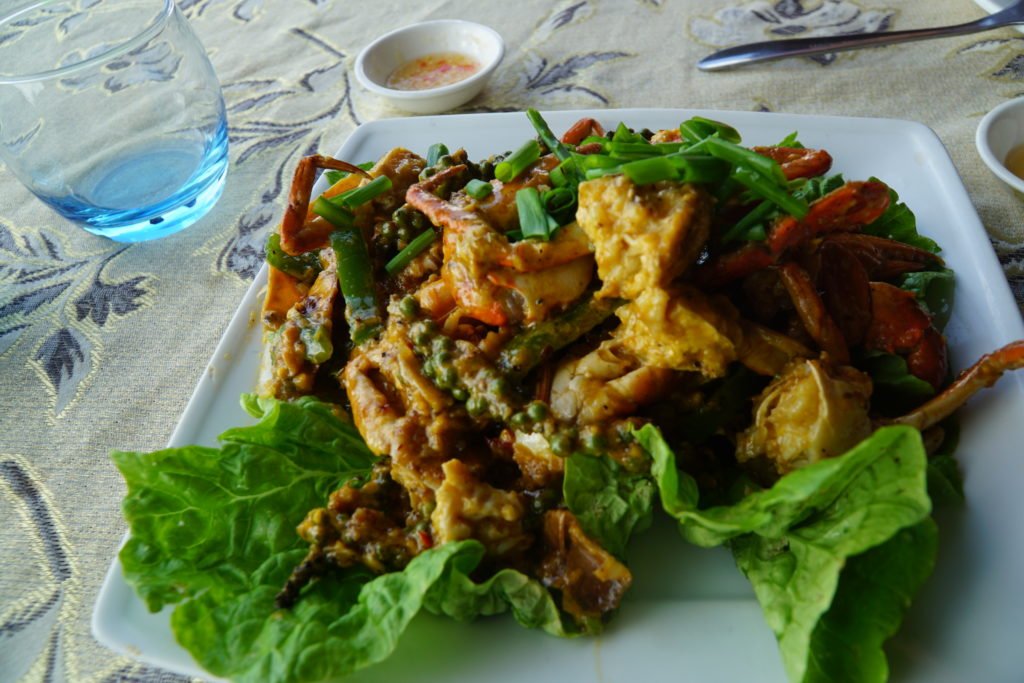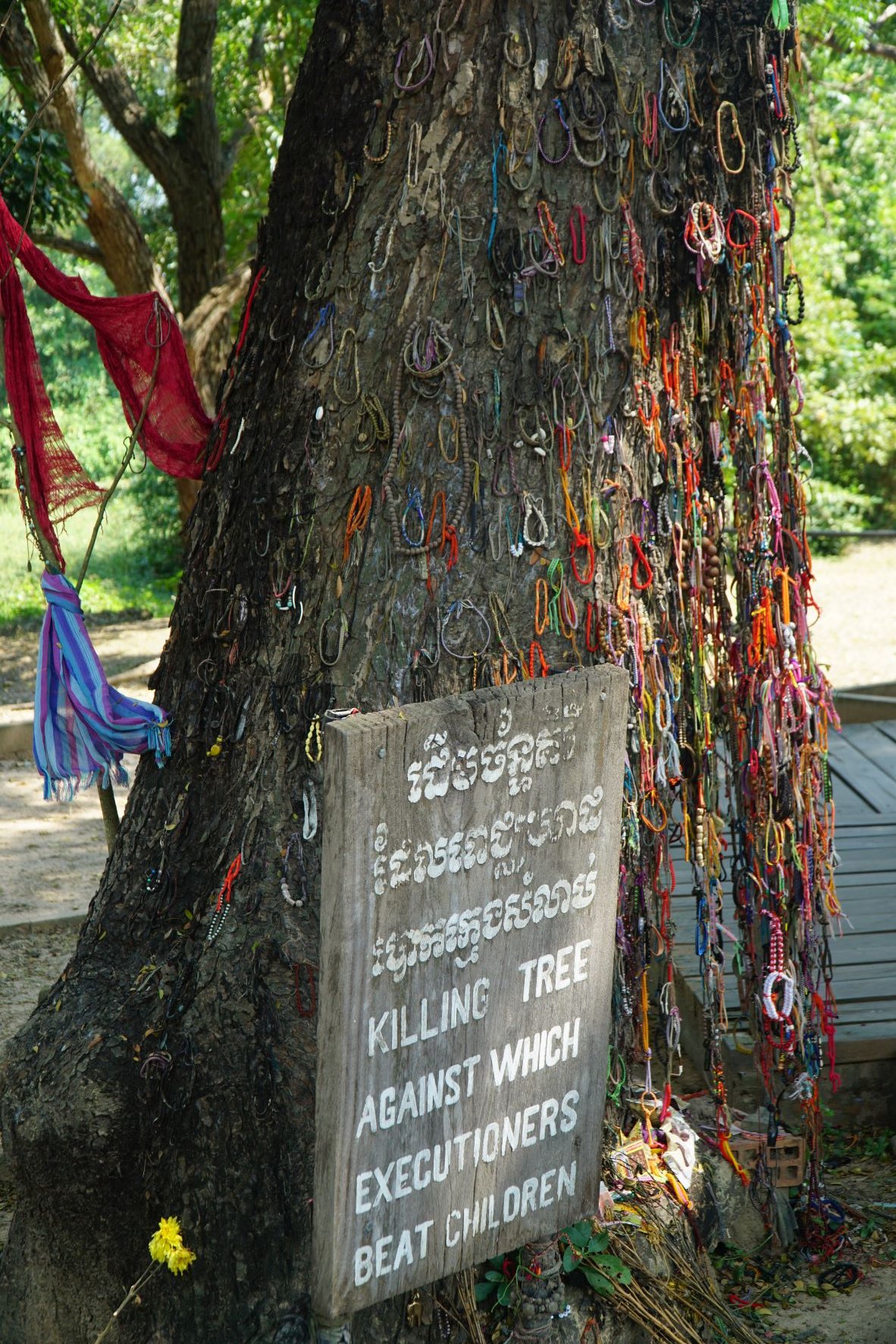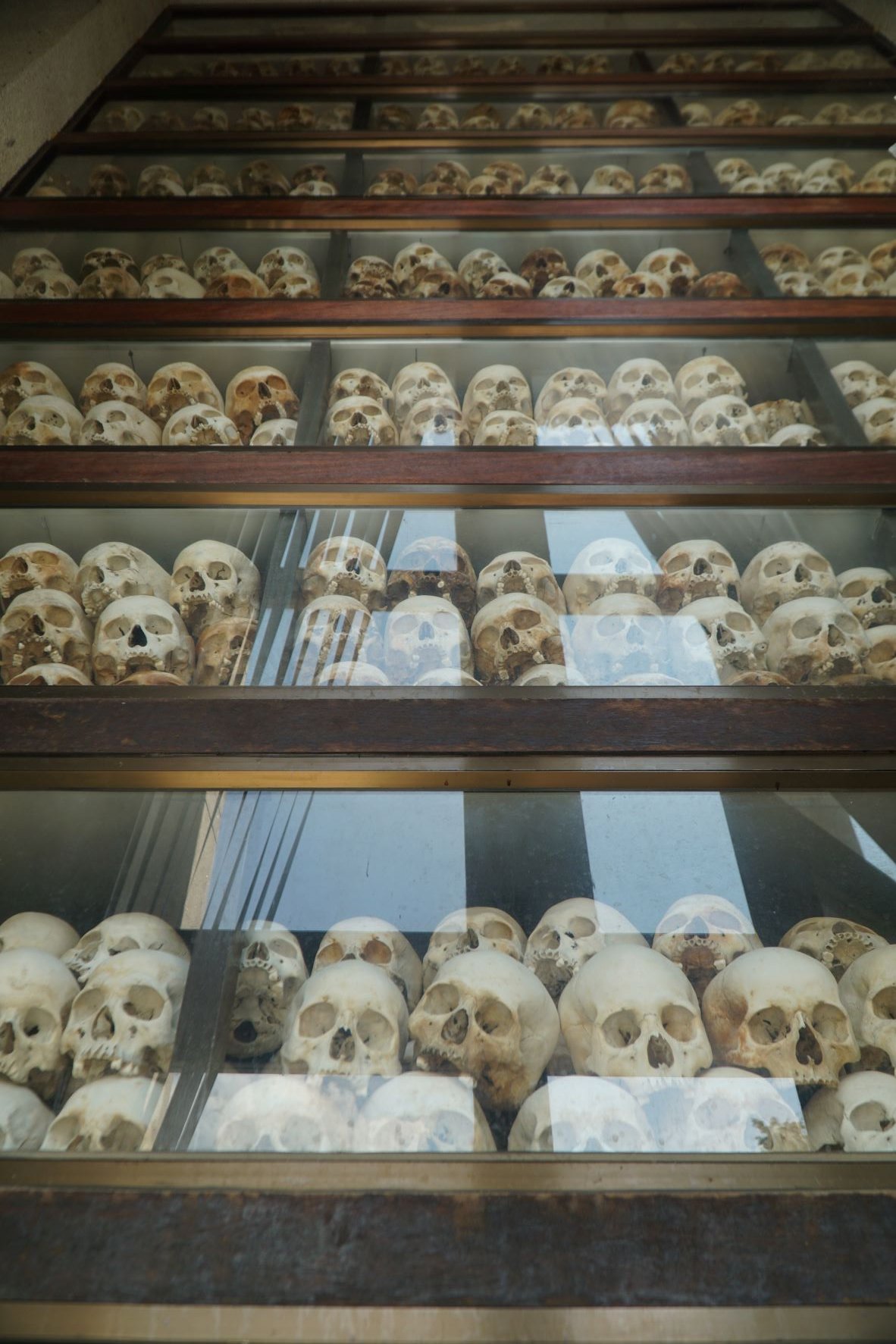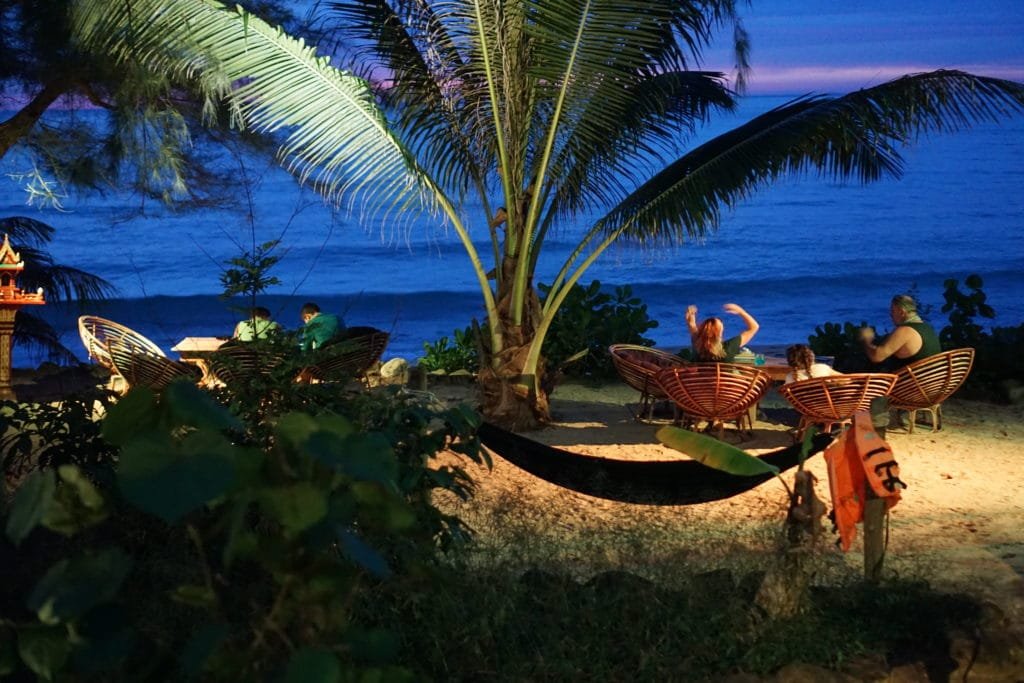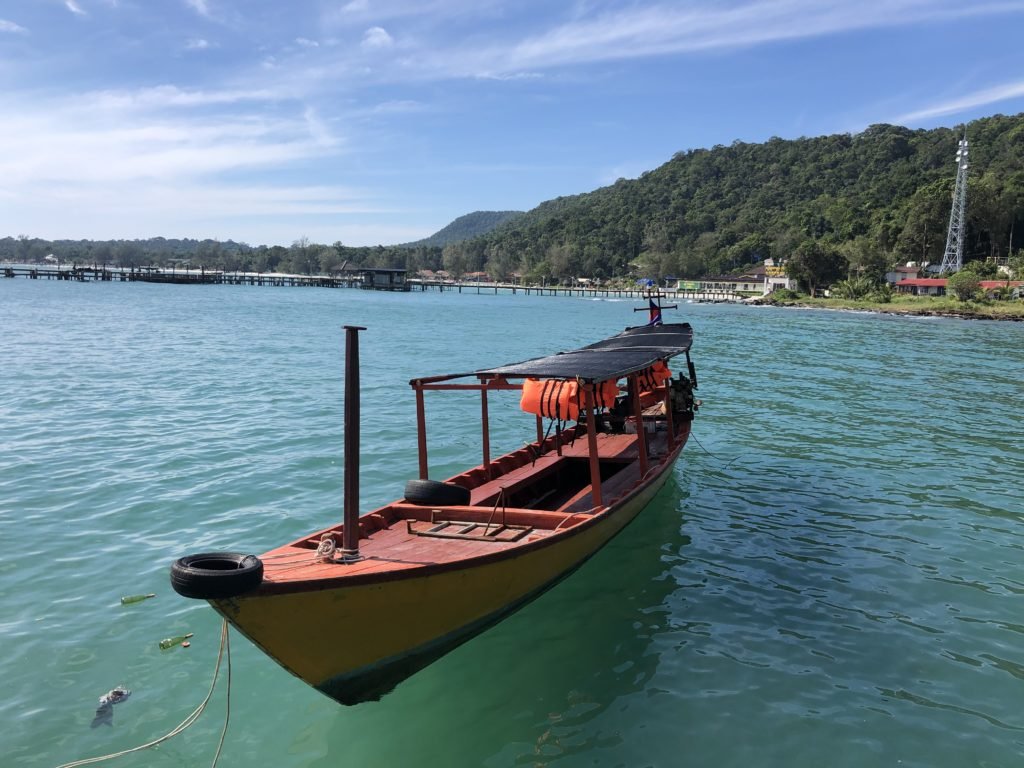We didn’t know what to expect from Cambodia. We haven’t met other travelers who have been to Cambodia (outside of Seam Reap) and didn’t know what to prepare ourselves for. Was it going to be just like Thailand, and we would spend two weeks in a perpetual state of deja vu? Would it be too much like Vietnam, and therefore ruin our already pre-planned future Vietnam trip? Was it a waste to spend two weeks of very precious PTO only in Cambodia? Were we going to wear ourselves out by trying to visit every country in Southeast Asia and get bored? The short version is that the answer to all of these questions is a resounding “No.” The long version is as follows:
Cambodia was absolutely amazing and lived up to all the hype that I had built up in my head before visiting. Cambodia warrants a thorough visit and has a lot to offer to a keen explorer. Although Angkor temples were a sight to behold, and waking up at 4 am to see the sunrise at Angkor Wat was an absolute highlight of the trip, we truly enjoyed the rest of the country.
Phnom Penh
The Killing Fields of Choeung Ek near Phnom Penh and the Tuol Sleng Genocide Museum (Secret Prison S-21). To understand Cambodia and its troubled past, these places are an absolute must. We visited the Killing Fields on our second day of the trip, and that experience colored the entire stay in Cambodia. It was a mind-boggling experience to comprehend the history of the Khmer Rouge and its pursuit of a utopian agrarian society that resulted in the genocide of the Cambodian people. The Orwellian ideas combined with ultra-Communist ideology caused devastating havoc on Cambodian society, the consequences of which still linger in today’s Cambodia. The thing that made it all too real is how recent all this was. Anyone over 40 was alive during the Khmer Rouge regime. Every single Cambodian person we talked to had a story of how their family was impacted. Asking a tuk-tuk driver or a guide where they lived usually led to the following story, “I live in a such-and-such village, but before the Khmer Rouge, my family was from a such-and-such place. We were displaced, and the majority of my family perished.” It’s hard to know what to say back after hearing that. We nodded, and we listened. We were not asked to sympathize or help; we were asked to witness.
Another thing worth mentioning is how excellent the audio guide for the Killing Fields and Secret Prison S-21 visit was. Available in multiple languages, the audio guide walked us step by step through the surrounding area, diving deep into the history of the Khmer Rouge regime, explaining the significance of each and every object and memorial (a leaning tree covered with colorful bracelets was a memorial for hundreds of babies and children killed by this tree; a stupa filled with human bones and skulls was a spirit house for those who perished; school gym equipment which was used to torture prisoners, and on and on). At times, we heard stories told by survivors, in broken English, of their own experiences, of what they saw, and how they managed to stay alive. By a small lake, the audio guide played tranquil music and asked the listener to stop and meditate. Several times during our long visit, we have been brought to tears. We have visited other extermination camps and genocide memorials in other countries and stood in long lines, listening to our guides yell sparse information over the roaring crowds, or read badly translated descriptions on museum walls. But never before had I felt such horror at the depth of human monstrosity, as I did with a shaking voice in my ear, recalling how his mother perished at the very place I now stood.
Cambodian countryside
Landscapes near Battambang and Kampot present the Cambodian countryside at its best. Rolling rice fields, grazing buffaloes, barefoot boys fishing in the stream, farmers with wide-brim straw hats – at times it seemed like I was looking at a painting or a postcard. We saw caves and peppercorn plantations, salt flats, and trees full of fruit bats, rode a bamboo train and got attacked by monkeys trying to steal our food, rode on dusty roads, and slept in rat-infested river bungalows. We loved every minute of it. Except when rats started a loud gang war on top of our shoddy river bungalow at 2 am. Then we overpaid for a nice Chinese-owned hotel in the city and nicknamed the French owner of the river bungalows a “Rat King”. Unexpected things happen when you travel. You freak out, spend the night guarding yourself against having your face eaten by rats, walk for a mile down a dusty highway in search of breakfast that hasn’t been infected with rat feces, book another hotel, shrug it off, and laugh about it later.


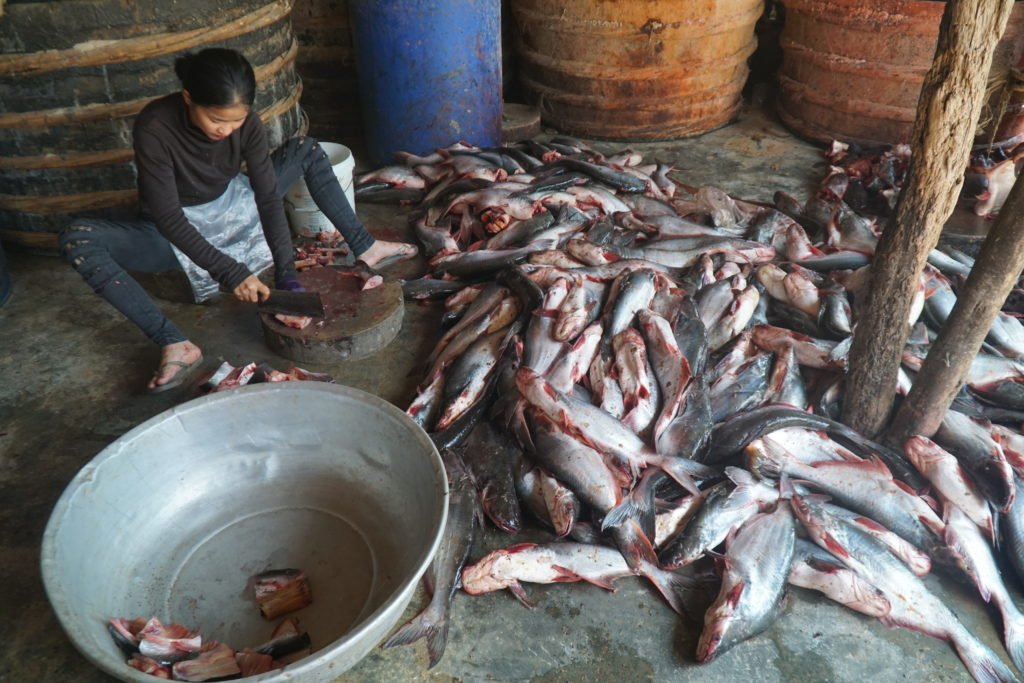

Sihanoukville islands
I’ve never heard anyone talk about Cambodian beaches, which is why Sunset Beach on Koh Rong Samloem island has been such a revelation. Every beautiful beach in the world, whether it be in Thailand, Mexico, Florida, or Jamaica, suffers from the same thing: overdevelopment and overcrowding. Cambodian islands, at least at this very minute, have still escaped this fate. While the development by Chinese investors is underway in Sihanoukville, the islands near Sihanoukville are still serene, atmospheric, and feel untouched. After flying a tiny plane to Sihanoukville, riding dusty roads in a back of an open truck to a ferry, braving motion sickness for 45 minutes in a speed ferry to an island, hiking with all of our luggage for an hour through the beach and the jungle, climbing up a rocky path, only then to descend, on the other side of the mountain on the most pristine beach of my life… never has such an arduous journey has been so completely worth it. Calm blue waters, a strip of white sand, wild jungle hiding tiny bungalows, and most importantly, no civilization in sight. Every day, a supply boat would drop off fresh produce for the little restaurant where we ate three wonderful meals a day. We slept, swam, ate, relaxed on the beach, and watched the best sunsets we've ever seen every day, for three days. If you want to keep enjoying Cancun or the Florida Keys, don't go to Cambodia. It will ruin you for lesser beaches. And from now on, all beaches will be lesser beaches.
Cambodian food
Before visiting Cambodia, I had a very vague idea of what Cambodian food was like. And while the cuisines of neighboring Thailand and Vietnam attract a lot of fans, Cambodian food is mostly unknown to the outside world. The national dish of prahok (fermented fish paste) and seafood prepared with Kampot peppercorns were my absolute favorite. But more about Cambodian food in the next post.

